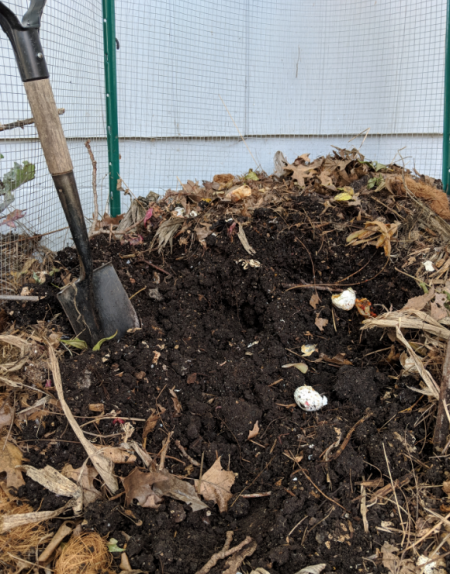Click below to listen to my 2 min. Garden Bite radio show: Got clay? Why it’s not a bad thing
Audio PlayerThere are many gardeners who have clay soil. Most lament that fact but I have some good news for you…Proven Winners says you can learn to love it, it just takes a bit of knowledge and a bit of elbow grease. What IS clay soil? It’s sticky and absorbs water slowly, when it dries out it can be crusty, lumpy and hardpacked, oh and the top layer can be crusty. Hmm.. so far not lovin’ it.

HOWEVER, Clay soils are more fertile than many other soil types because each tiny clay particle is packed with places to hold on to water and fertilizer, saving you watering and reducing the amount of times you fertilize, which is important to know, so you don’t over do it.
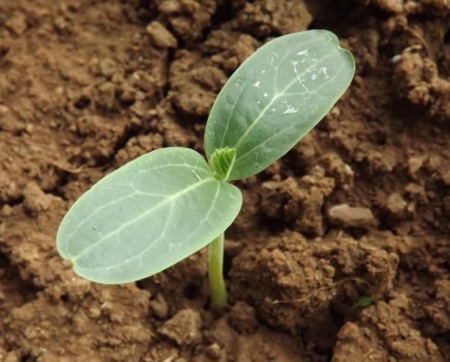
Clay soils also provide a wonderful foundation for plants. Their roots are held well in clay, which means there are a lot of perennials and annuals that can thrive. It allows them to survive extremes of temperature and moisture, that means less winter heaving because of freezing and thawing cycles. Plants that grow in clay soil.

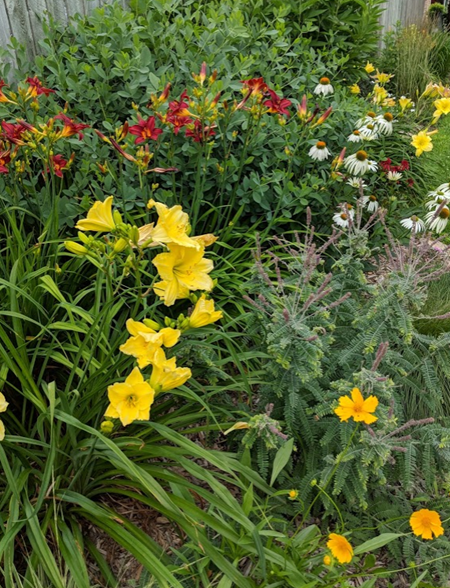
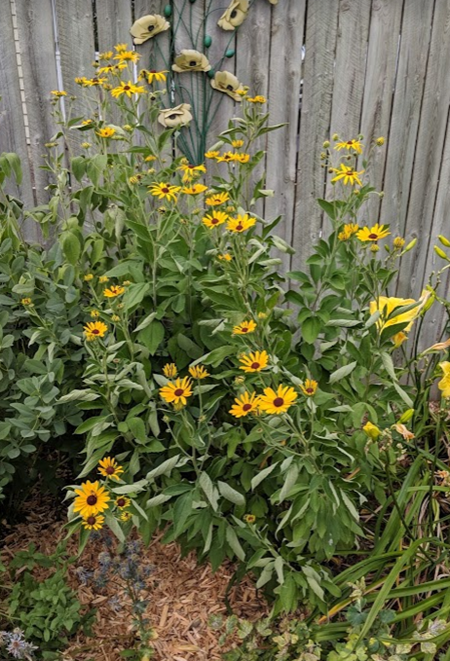
This Brit has some great information on planting in clay soil and a variety of plant life that digs it. David Domoney.
So, with a clay soil you water less, fertilize less, get a better foundation for your plants and extend their hardiness when extremes in weather or other factors occur. I bet right now you are feeling a bit better about that clay soil you’ve been cursing!
Here’s the caveat, as you with clay might know already… digging.. It’s tough, plain and simple.
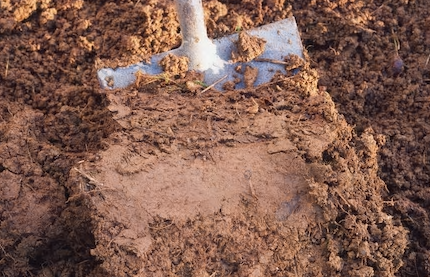
It’s worse if the soil is wet.Never work a wet soil, especially clay! While clay holds moisture and nutrients, it also holds bad things like salt.
As for how to fertilize, less is better. This from Proven Winners:
Because clay soils hold on to fertilizers well you should use a light hand when applying fertilizer. Start out fertilizing at a slightly lower rate or waiting a bit longer than recommended between fertilizer applications. If the plants remain healthy and happy you are fertilizing often enough. If the leaves start to turn a yellow color you aren’t fertilizing quite enough. Armed with this knowledge you should fertilize a bit more often or at a slightly stronger rate. A bit of trial and error will tell you how often you need to fertilize with your specific soil. That clay soil just might save you money due to lower fertilizer costs. For more information on fertilizing click here.
Furthermore, over-fertilizing is bad for a bunch of reasons, again, this from Proven Winners:
Over fertilizing is just wasting money and potentially damaging the environment. If you are one of those people who love to fertilize try using a liquid feed and just wetting the foliage of your plants, not soaking them. Plants can pick up a lot of nutrient right through their leaves and by doing this in small doses you are less likely to cause problems in your garden. Did you know that over-fertilized plants tend to be more susceptible to insect and disease problems? This may seem counter-intuitive but over-fertilized plants tend to be really lush because they have been pushed to grow fast, this weakens the plants and makes them more susceptible to pests and disease
As for watering, that’s less too as the clay holds that water longer. Over-watering is the number one way we kill our plants.

Adding organic matter is always a good idea to help fluff up the soil and provide some mulch.
